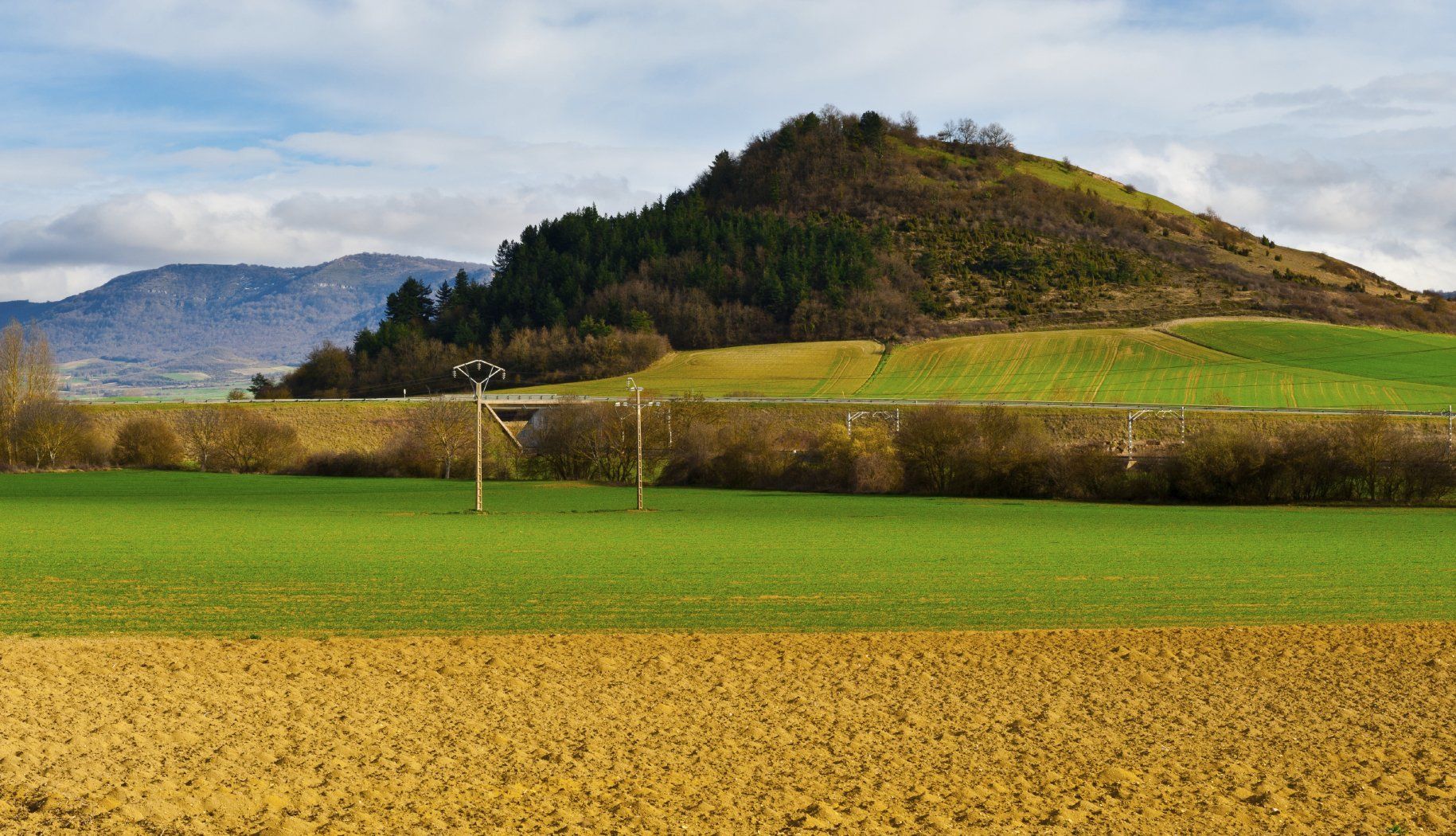Heritage: Recording Historic Buildings
The importance of recording historic buildings prior to conversion

The conversion of historic buildings presents an opportunity for historic building recording, which is undertaken in order to retrieve information about the building and its use over time, prior to development. A building need not be listed to be considered a 'heritage asset'. Historic building recording is therefore often a planning requirement for buildings present by the time of the First Edition Ordnance Survey or earlier maps.
This is certainly the case for historic farm buildings. The period 1750-1880 has been recognised as the most important period of farm building development in England. Historic building recording is therefore often required as a condition of planning consent, requiring a detailed survey by a professional archaeologist or historic buildings specialist. This may comprise a photographic survey and/or a measured survey of the building, sometimes supported by documentary research and detailed analysis of the building’s development and use over time.
This summer Eden Heritage has provided support to a number of farm developments by recording a variety of historic buildings including farm houses, barns, stables, cart sheds, pig sties, granaries, and shippons (cow houses). One site included a 19th century horse engine house or horse mill in a state of collapse, but still complete with the original power transmission mechanism and horse harnesses. This would have powered threshing machinery in the adjacent threshing barn. Horse engine houses were eventually made redundant by the introduction of steam-threshers, making it unusual to find an example surviving intact.
Each building survey undertaken will result in a detailed report. All of our historic building survey reports are made available through the county Historic Environment Records to aid future research. If you require a historic building survey, please contact Eden Heritage for a quotation.









